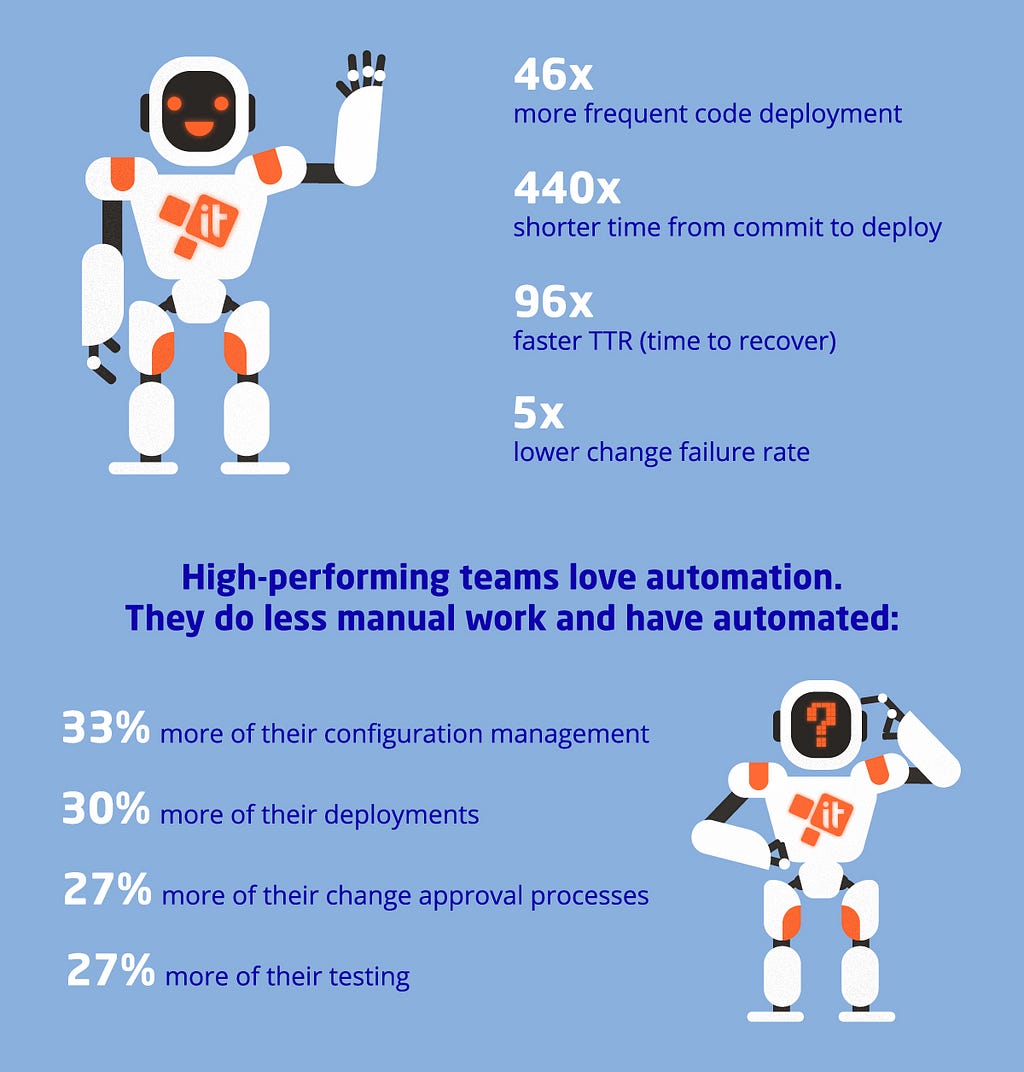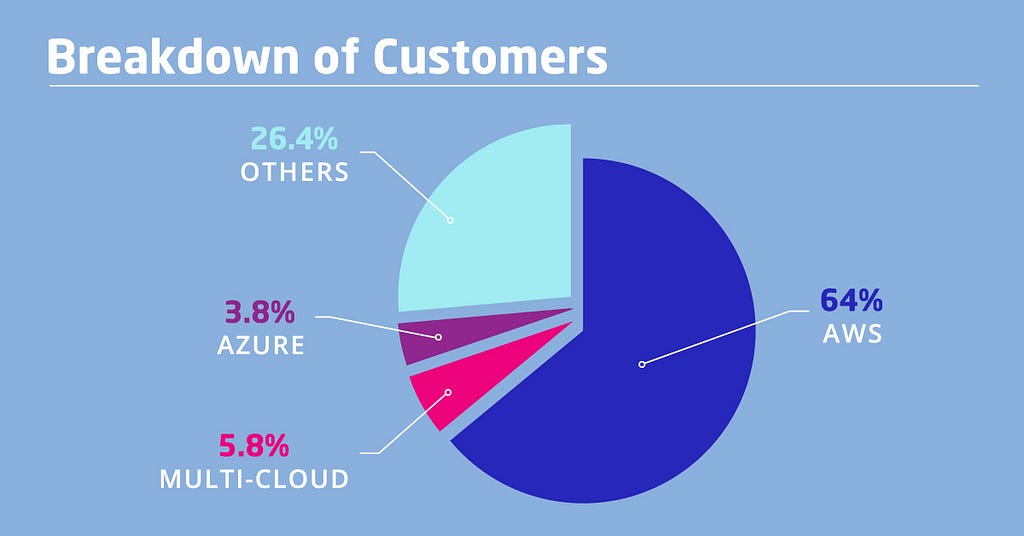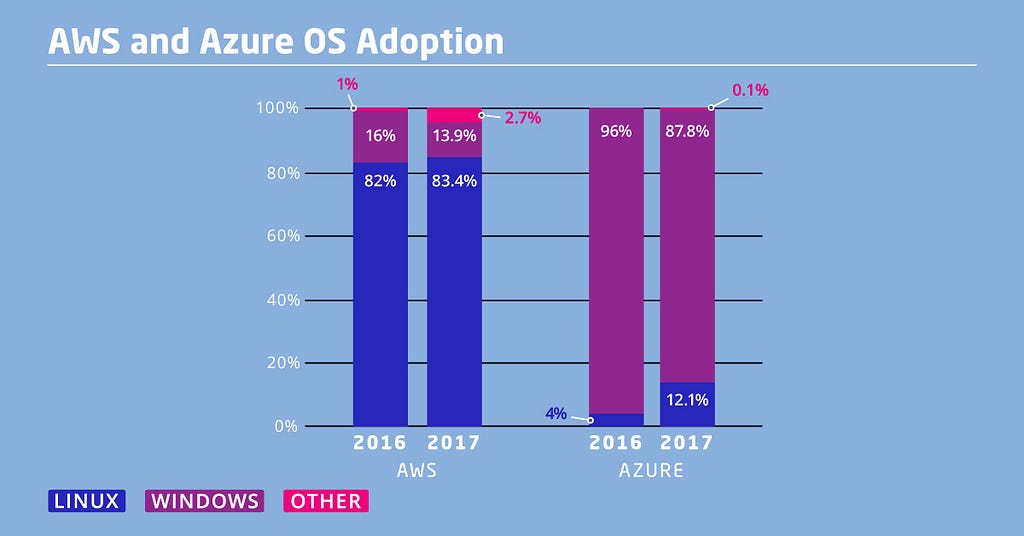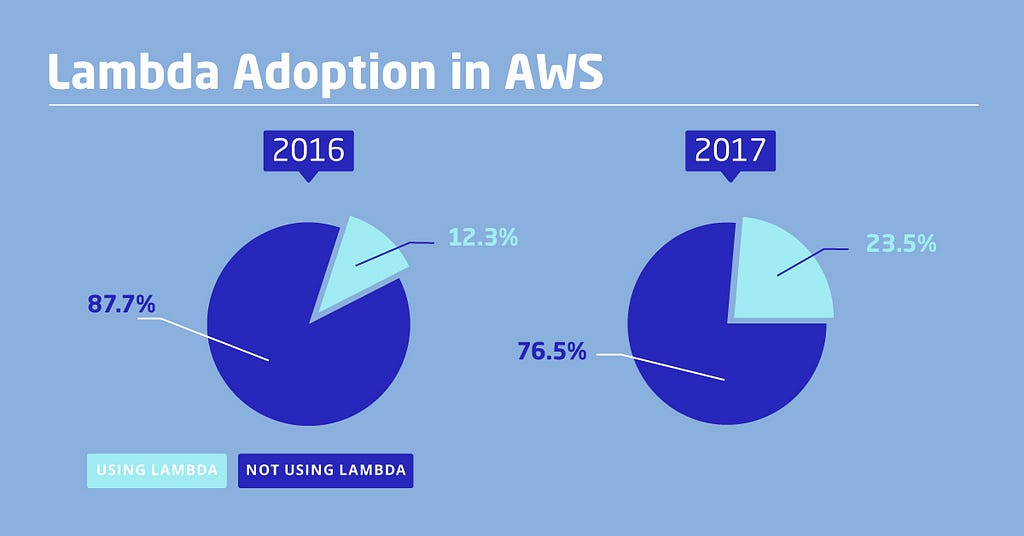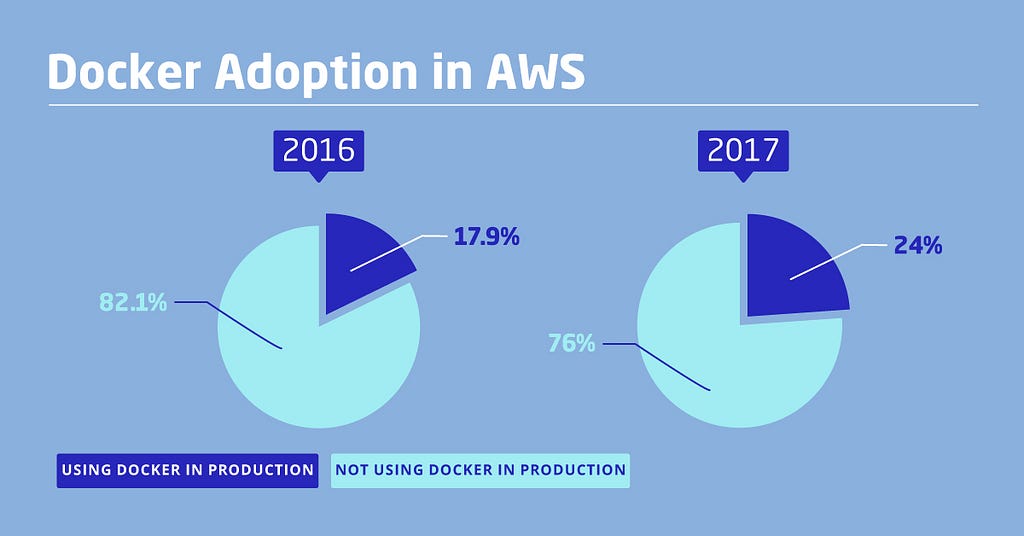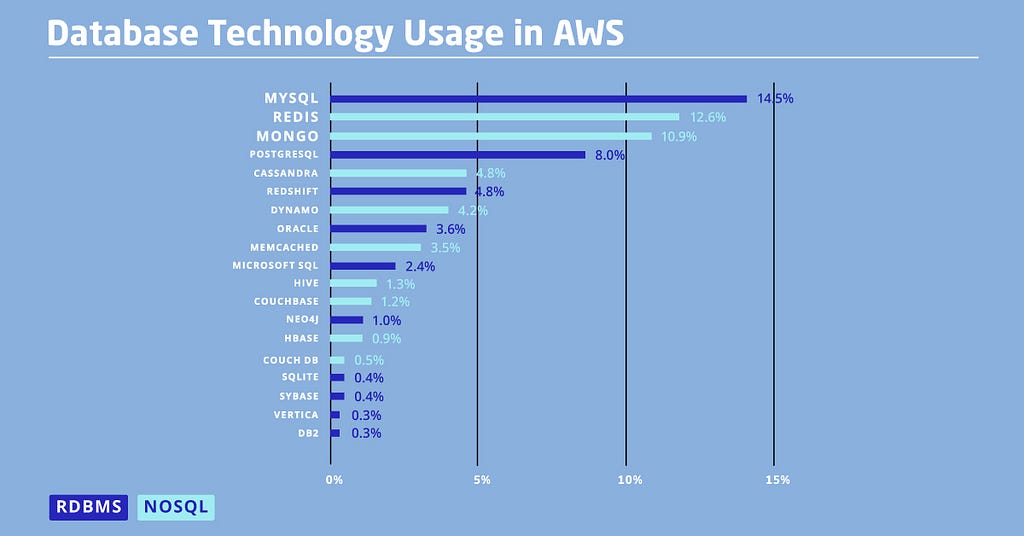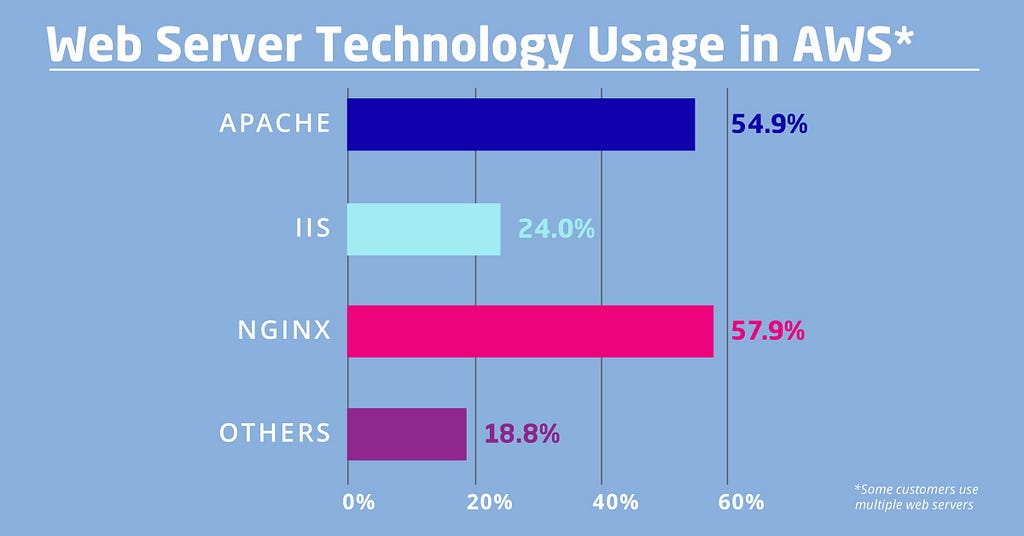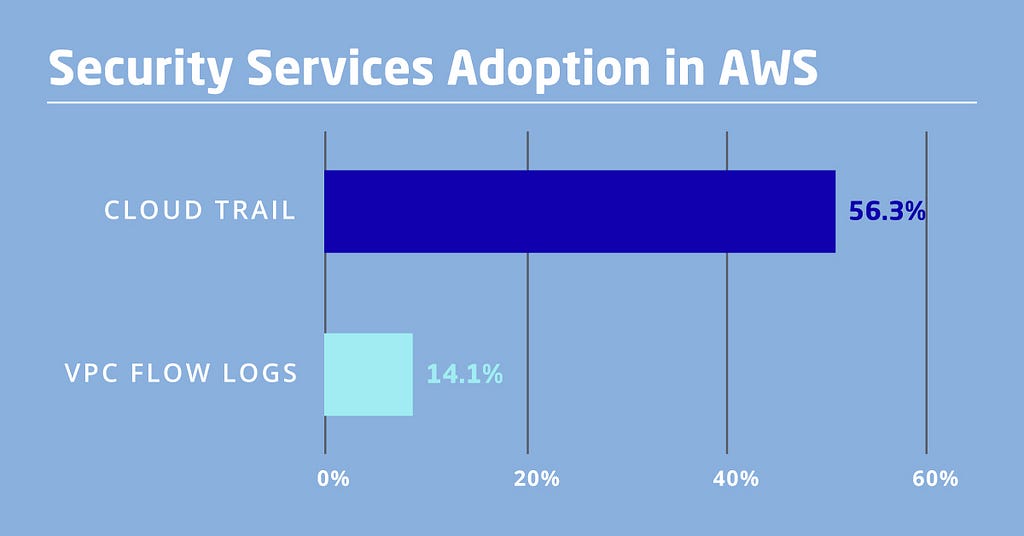Latest news about Bitcoin and all cryptocurrencies. Your daily crypto news habit.
DevOps adoption started nearly 8 years ago and the movement is quite widespread by 2018. However, many fledgling startups and full-scale enterprises alike are still afraid of transition to DevOps.
This is due to the way both startup entrepreneurs and enterprise C-suite managers think. Their main idea is often: “If it works — it isn’t necessary to pay attention/money to improve it”. This way the enterprises continue to stick to the old and trusted ways, like having their mission-critical systems running on the servers inside their buildings and splitting the tasks, skills, and tools between the Development, the QA and the Operations departments.
For startups, it means favoring the continuity of services availability and user experience over the frequency of new features implementation. It should be done to avoid risk and ensure stable product performance, minimizing the possibility of service downtime.
State of DevOps adoption: the results are great, yet there is much to do
DevOps approach to software delivery can answer all of these challenges and provide multiple benefits, according to the survey results from the latest 2017 State of DevOps report from Puppet.
Here are some of the most interesting insights and outcomes of that report:
- Companies that adopted the DevOps methodology boast 46x more frequent code deployment, meaning the next batch of code can be delivered to the production environment in mere hours, not in weeks.
- The choice to follow the DevOps principles of IaC, CI and CD ensures 440x shorter time from committing to release, so that the code is built, tested and deployed to production in less than an hour. The result is frequent deployments described above.
- Many businesses fear that frequent deployments might lead to less diligent testing and critical failures in the code, which will cause serious service interruptions and will reduce user’s impressions.Quite the contrary, having an automated testing pipeline for in-depth code testing and immutable versioned infrastructure prevents or minimizes that. This actually leads to 96x faster TTR (time to recover) if any failures occur, not to mention these failures occur 5x less frequently (only around 7% of code pushes now lead to issues, instead of 35% (on average) the companies faced before their transition to DevOps, according to Puppet)
- When DevOps transformation has wholehearted support from the C-suite through all the managers and down to the grassroots, the initiative brings fruit 2x faster. More than 65% of respondents stated implementing the DevOps culture in their organizations helped achieve all the goals set. However, about 50% of the respondents said the lack of a charismatic and inspirational leader has lead to the DevOps initiatives stalling and failing.
- Nearly 27% of the businesses have already accomplished the DevOps implementation or are currently undergoing the process, with 41% more percent of respondents stating this as a priority task for the next few years.
- Automation accounts for a great deal of DevOps services as it allows streamlining quite a chunk of routine tasks, freeing up the resources for creative and innovative efforts. For example, automating the code delivery can save:– around 27% of resources and time devoted to testing due to building automated unit tests using the tools like Codeception;– at least 30% of resources and time devoted to code deployment due to building automated deployment pipelines with GCP and Kubernetes;– more than 27% of the approval and workflow processes to avoid unnecessary bottlenecks and managerial overhead;– about 33% of resources and time devoted to configuration management due to using the solutions like Kubernetes container management tool or Terraform configuration orchestration platform, Ansible, Salt, Chef or Puppet.
Tools can be great, but DevOps culture is paramount
As Atlassian (the leading provider of collaboration software) stated in their DevOps adoption report, 41% of IT experts are familiar with DevOps-as-a-service to some extent, while 59% are still not aware of its benefits. Thus said, this 41% of companies have quite a huge advantage over their competition…
90% of IT specialists that responded to Atlassian survey have experienced the positive results of DevOps transition already. Nevertheless, 70% of these specialists stated the increased strain of their evolved responsibilities might lead to burnout.
Why so? Because removing the silos of tasks and teaching the members of Dev and Ops departments to use each other’s tools is not actually the way to build an efficient DevOps workflow in an organization. The aforementioned report mentions several important issues:
- 80% of respondents state there are only limited knowledge sharing and cross-learning practices within the newly-formed DevOps teams. When the need to share some knowledge does arise, it is usually provided in a static form of documents, not in interactive chats, groups or wikis. Merely 17% of respondents pride themselves on having open access to all the required information, as well as the eagerness to collaborate and solve the issues.
- While every business deploys some monitoring and logging tools, only 64% of respondents reported having proactive monitoring and smart alerting systems in place. This means that only ⅔ of the companies can mitigate the negative events quickly enough and remove the root causes of the issues, instead of dealing with the consequences like the customer’s frustration due to the service unavailability.An ounce of cure is worth a gallon of treatment, you know.
- Almost all respondents stated their companies have automated the testing or were in the process of implementing automated continuous delivery pipeline. Nevertheless, nearly 42% said they still needed manual hotfixing of minor bugs after pushing the code to production. This means CI/CD initiatives have not yet matured well enough and the new code is not tested with the rigor and workload of the real production environment.
- Disaster management is still far from perfect, as nearly 50% of respondents had to admit their approaches, processes, and responses vary for different type of incidents that occur. Thus said, half of the DevOps engineers still rely on manual firefighting and awaits directions from the managers, rather than following a clearly-defined guideline.
A brief summary of AWS and Azure DevOps-related stats
Sumologic has published an end-of-the-year report on the state of affairs in the cloud in 2017.
The report was comprised of the answers of more than 1500 Sumologic users, where 64% were using AWS, 3.8% were using Azure and the rest are spread across the other cloud service providers (CSP) or using multi-cloud strategy. Here are the key takeaways from the document:
- 80% of AWS users leverage Linux OS. The numbers of Linux OS users on Azure tripled from 4%in 2016 to 12% in 2017
- AWS Lambda adoption grew nearly 200% (from 12% in 2016 to 23% in 2017)
- 24% of AWS users use Docker in 2017 (growing from 18% in 2016)
- NoSQL databases are now more popular than traditional RDBMSs. In fact, Redis, MongoDB, and Cassandra (28.3%) just overtook the MySQL, PostgreSQL, and RedShift (27.3%). These 2 groups comprise 55.6% of all databases used on AWS, with Oracle and Microsoft SQL lagging significantly.
- NGINX and Apache lead the way as web servers, with IIS falling behind.
- Security is the #1 reason for cloud transition, yet nearly 50% of AWS customers did not ever use the built-in AWS CloudTrail service. VPC Flow Logs tools for monitoring the AWS VPC traffic were also quite seldom used, with only 14.1% of the respondents confirming their adoption.
Final thoughts on the state of DevOps adoption
The statistics from the reports above clearly indicate that the companies that do undergo the DevOps adoption see significant improvements in their software delivery practices and are able to achieve their intended business goals. However, cultural traditions are harder to break and unless a true collaboration and knowledge sharing take place — certain challenges arise.
Overcoming these challenges is but a question of time, of course. Yet this means even the companies that have currently not begun their transition to DevOps can still succeed and gain the competitive edge over the rest of market players in their industry. They just should accept the DevOps adoption wholeheartedly, allocate their resources efficiently and build better, more streamlined and automated workflows. If you are one of the companies aiming to begin their DevOps journey and need some guidance — give us a nudge, we are always glad to help!
This story was originally published on my company’s blog.
The DevOps adoption: a clear view on the state of affairs was originally published in Hacker Noon on Medium, where people are continuing the conversation by highlighting and responding to this story.
Disclaimer
The views and opinions expressed in this article are solely those of the authors and do not reflect the views of Bitcoin Insider. Every investment and trading move involves risk - this is especially true for cryptocurrencies given their volatility. We strongly advise our readers to conduct their own research when making a decision.
